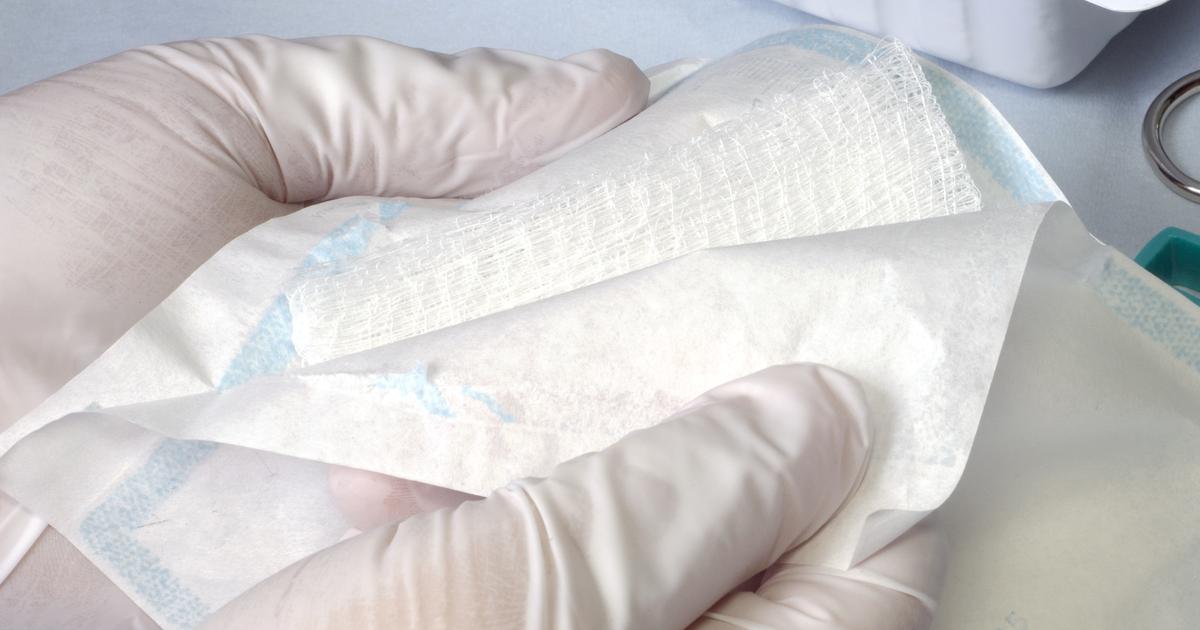Guide To The Risk Factors And Complications Of Hidradenitis Suppurativa
Family History

Research has shown that having a family member with hidradenitis suppurativa makes individuals more susceptible to it. The flare-ups, in particular, have a genetic component. At the same time, individuals can still develop this condition even if they do not have a family history. About thirty to forty percent of patients have another family member who has hidradenitis suppurativa. Some researchers believe that this may be underestimated due to individuals not seeking official diagnoses for their skin disorder or misdiagnoses.
Genetics research shows that the condition can be inherited as an autosomal dominant gene mutation in individuals who have a PSENEN, PSEN1, or NCSTN mutation. With a dominant gene, an individual only needs one copy to present with symptoms. With a recessive gene, an individual needs two copies to carry the condition without knowing they do. Many cases involve patients who have inherited the condition directly from their parents. It is good for individuals to keep an eye on their skin when they know the disorder runs in their family. They should talk to a dermatologist if they notice anything abnormal.
Continue reading to reveal complications of this condition now.
Infection Susceptibility

One of the biggest complications of hidradenitis suppurativa is infection susceptibility. The affected part of the patient's skin may be infected more easily than healthy skin. This is especially so if the lumps below the skin burst. Though the patient may be more likely to suffer an infection after a flare-up, infections have not been shown to cause flare-ups. This means that patients cannot prevent flare-ups by cleaning their skin and monitoring for signs of infection. Flares of this condition occur when a hair follicle becomes blocked, leading to a secondary infection. The bumps below the skin are pus-filled and inflamed follicles.
Some patients experience ropy, pitted scarring as the pustules heal. If sweat and bacteria become trapped below the skin or between the bumps, it can lead to ongoing inflammation and infection. The infections are only life-threatening when they spread into the system of an individual whose immune system has already been weakened. Even though this disorder is not life-threatening, it can still be excruciating.
Uncover more information on complications associated with this condition now.
